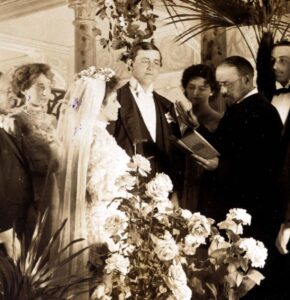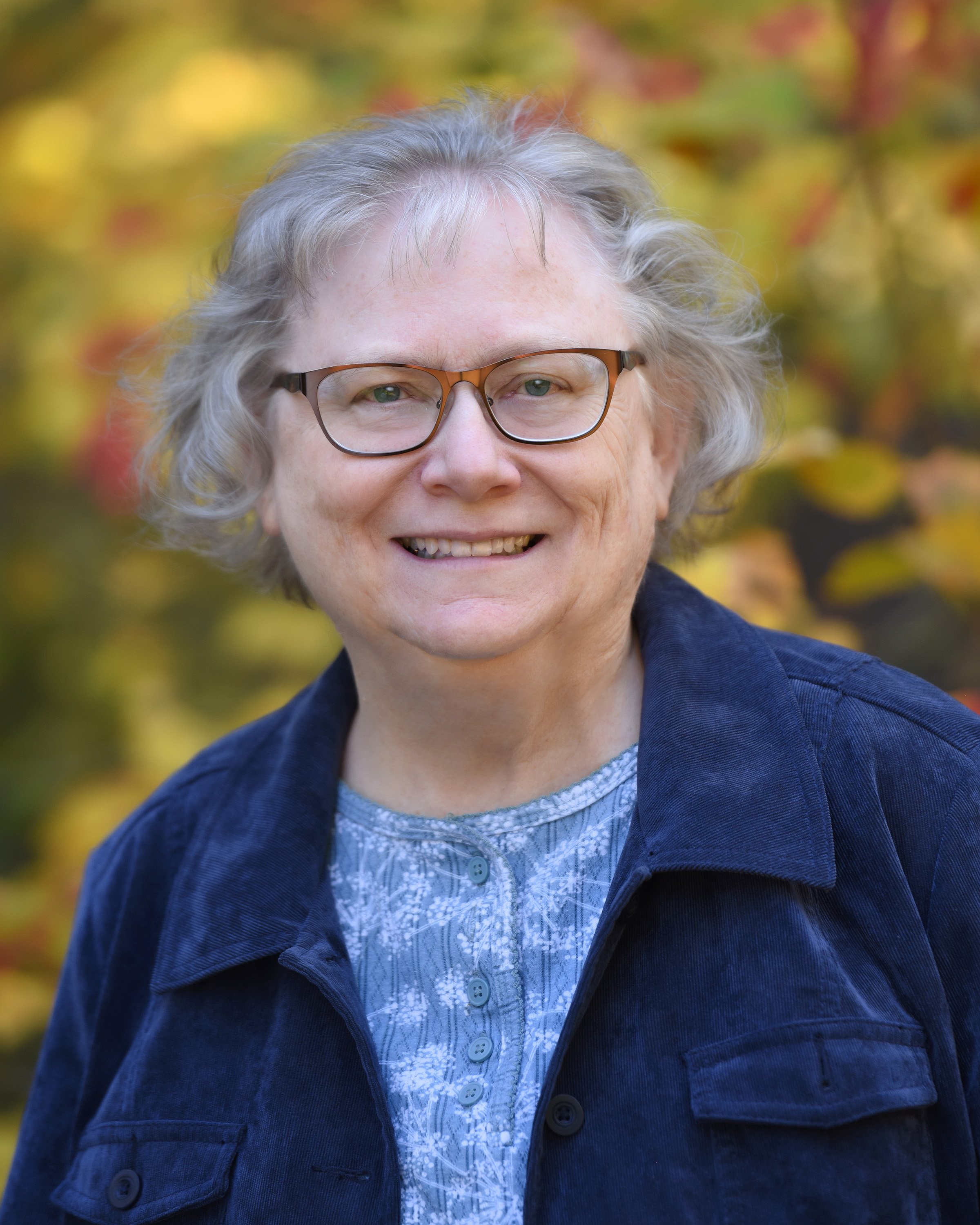 Genealogical clusters develop when offspring of families marry spouses who are related to them by blood, marriage, social position, or wealth—often continuing for generations of marriages.
Genealogical clusters develop when offspring of families marry spouses who are related to them by blood, marriage, social position, or wealth—often continuing for generations of marriages.
I have written about clusters before , I often uncover them while researching the Early New England Families Study Project (ENEF) families as associated groups, rather than only by single lines of descent.
Take for example the family of EDWARD JACKSON (EF),1 on whose ENEF sketch I am currently working. Edward was a post- Great Migration Begins immigrant, arriving in New England in 1642 or 1643 with his first wife, Frances (married in England in 1631) and their four surviving children. Then in 1649, Edward married Elizabeth (Newgate) Oliver, widow of JOHN OLIVER (EF), whom she had married about 1637, and daughter of Great Migration immigrant JOHN NEWGATE (GM 1633). Elizabeth’s sister, Sarah Newgate, married John Oliver’s brother, PETER OLIVER (EF). Edward Jackson had children by both of his wives, and Elizabeth had children by both of her husbands.
The problem compounds with succeeding generations. John and Elizabeth Oliver’s son Thomas Oliver married Grace Prentice, whose brother, John Prentice, married Edward and Elizabeth Jackson’s daughter (and half-sister to Thomas), Elizabeth Jackson. Grace and John Prentice are children of Thomas and Grace (_____) Prentice of Cambridge. What doesn’t show up in this sketch is that Grace and John Prentice had a brother Thomas Prentice, whose son Capt. Thomas Prentice married Elizabeth Jackson, daughter of Edward Jackson, Jr.
To put the icing on the cake, Rebecca Jackson, a child of Edward Jackson and his first wife, Frances, married a Thomas Prentice, often mixed up with the above Thomases. Some hair-pulling research for this Edward Jackson sketch, however, has shown us that Rebecca’s Thomas Prentice (often listed as 2nd) was a completely different individual, most probably the son of ROBERT PRENTICE (GM 1639) (more details will be included with the Jackson sketch).
The Olivers, Jacksons, and Prentices were part of a wealthy cluster of socially and politically connected families in Boston and Cambridge. They demonstrate that studying families in groups can be advantageous for many genealogical problems—for example, finding the surname of an unknown wife. Here are a few examples of how one might use genealogical clusters when researching a mysterious wife, “Ruth.”
Kinship clusters: Look at the spouses of Ruth’s husbands’ siblings. Brothers marrying sisters was common in large families. Do any of the wives or husbands have sisters named Ruth? Did any of the wives’ fathers leave a will that might name his other daughters by their married names?
Geographic clusters: Look at land and town records for the husband’s family. What families were abutters? From whom did the family buy and sell land? Who witnessed the deeds?
Economic and social clusters: Was Ruth’s husband’s family rich or poor? Romantic novels aside, it is true that grooms usually chose wives (or had wives chosen for them) from families of the same, if not better, economic, social, and political status. What families were they affiliated with in town, county, or colony records? For poor families with no property, investigate court records. If someone was arrested, who posted bail or paid a fine for them? Who testified for or against them in court?
Religious clusters: To what denomination did Ruth’s husband’s family belong? Are there any members of the same church with unattached daughters named Ruth? Perhaps was someone dismissed from a church for marrying out of the religion?
You will undoubtedly identify different sets of clusters that apply to different families, but always keep clusters in mind as you consider the extended population around a family in your research.
Notes
1 EF designates an individual treated in Early New England Families Study Project; GM designates an individual treated in The Great Migration Study Project.
Share this:

About Alicia Crane Williams
Alicia Crane Williams, FASG, Lead Genealogist of Early Families of New England Study Project, has compiled and edited numerous important genealogical publications including The Mayflower Descendant and the Alden Family “Silver Book” Five Generations project of the Mayflower Society. Most recently, she is the author of the 2017 edition of The Babson Genealogy, 1606-2017, Descendants of Thomas and Isabel Babson who first arrived in Salem, Massachusetts, in 1637. Alicia has served as Historian of the Massachusetts Society of Mayflower Descendants, Assistant Historian General at the General Society of Mayflower Descendants, and as Genealogist of the Alden Kindred of America. She earned a bachelor’s degree from the University of Connecticut and a master’s degree in History from Northeastern University.View all posts by Alicia Crane Williams →